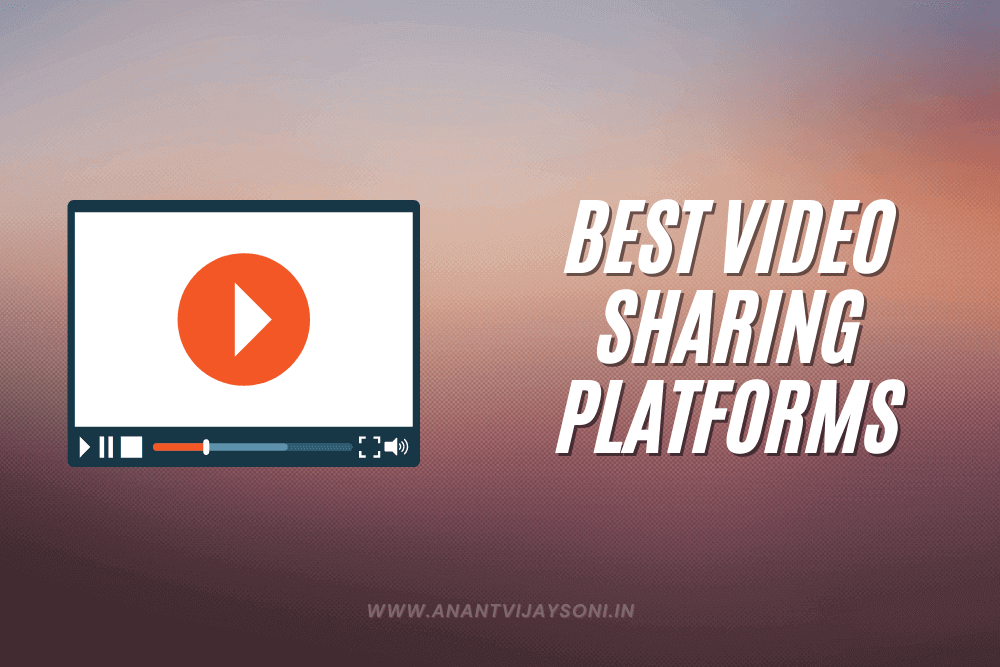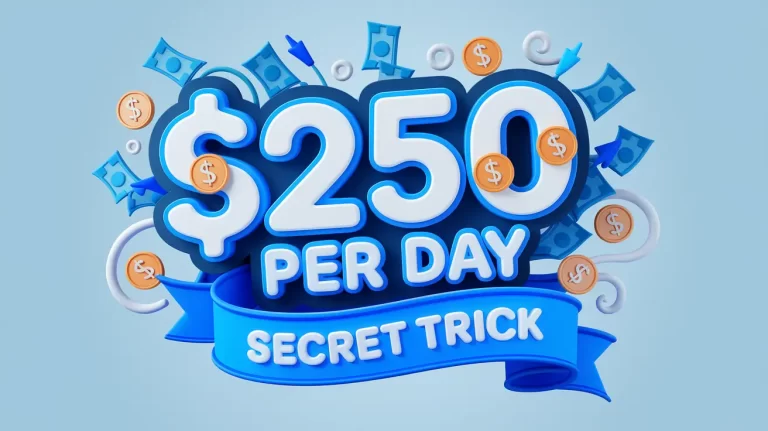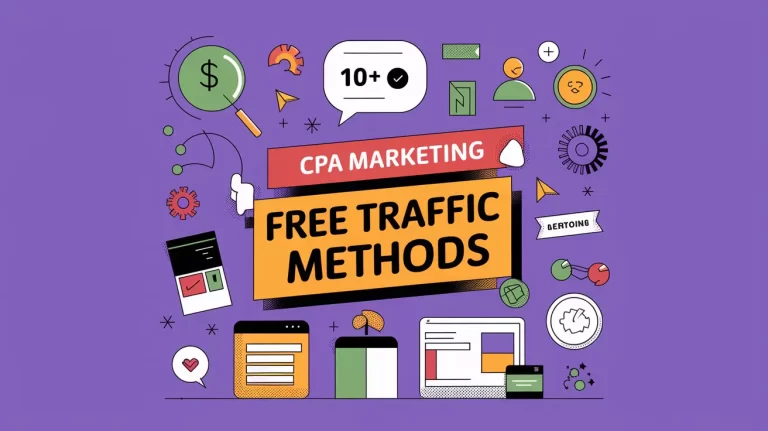At this time, A WordStream report shows that more video content gets published in 30 days than what the US TV networks have been able to broadcast in the past 30 years.
Such a huge gap shows how much we have grown into leaving TV behind and going with the video sharing platforms instead.
However, not all video sharing platforms are the same. There are a couple out there that provide a unique twist that you have never considered in the past. Let's get right to them all.
Table of Contents
Things to Consider before Choosing a Platform
There are several video-sharing services out there and we will get to those soon.
Instead of just throwing a lot of options at you and hoping that one sticks, though, it also helps to understand what you are looking for in the video-sharing service.
Some of the considerations that you should make before settling on anyone includes:
Length of video availability
Do you want the video to be up there forever or just for a while?
There is the general idea that nothing on the internet ever gets deleted. While that might be true, some platforms give you better control over who sees your video and for how long.
If you don’t want the video to be online forever, you might not want to go with platforms like YouTube or any of the other popular options either. You can get better success with privacy-focused chat services like Telegram that allows you to share something for a limited time only – or later delete the video for everyone.
However, note that this does not affect anyone that might have saved the video on their devices before you brought it down.
Intended audience
A top content creator would want as many people as possible to see their videos. If you are on a family holiday, for example, you might want just your family and friends to see what you are up to. This also determines the kind of platform to choose from.
It might look like services like YouTube are immediately out of the picture here. That is not true at all.
YouTube has a feature (private/ unlisted) that allows you to choose to share a video privately. That means it doesn't appear on the search engine and is only available to those who have link access to that video.
If anyone with access downloads the video and reuploads it, though, there’s little the platform can do to protect the reach of that new content.
How big is the video?
Not every video-sharing platform has the same bandwidth to take all that you throw at it. Even the larger platforms have a cap on how large a video you can upload so that you don’t use up too much of their resources at once.
Depending on the size of your video, check with the various options below to see which one allows you to upload it all in one go.
The last thing you might want to do is upload the video in chunks as that ruins the user experience. You also don’t want to have to lower the quality of the video too much just to fit into the right upload requirements.
Before you start the upload sequence, make sure the service you’re going with supports the size and quality you expect.
What’s the ease of use?
It is just inconvenient for you and the end-user when you use a platform that does not offer a smooth experience.
Your user should be able to access the video fast (whether via the search engine or using a private link), use intuitive controls and enjoy a hassle-free experience.
There is a plethora of options to choose from for you to settle for something that doesn’t cater to your needs the best.
Free vs Premium?
This point explains itself.
For us, though, there is no reason to go with the paid options when you see all that you can do with the free packages.
Top-notch services like YouTube, Instagram, and more allow you to upload and host your videos on their servers for free. They also have access to some of the largest audience and viewer base, so it’s not like you’re missing out on anything here.
If you’re going the privacy way, though, you should be prepared to pay for what you use.
These videos in the latter category are not out there for public consumption and you want to be sure they are secured as well as possible. So, it makes sense to pay for the resources that you use from the service provider who has made this solution available.
YouTube – Most Popular Pick
It would be unusual for you not to think about YouTube first when discussing video sharing platforms.
The platform sees billions of hours of videos watched and uploaded daily. They are also one of the highly accessible services, which explains why content creators and viewers will go to them.
As a service owned by Google, though, it is no surprise that they collect a lot of user data. Like every other solution from Google, YouTube has been hit with anti-privacy lawsuits of many kinds, some even involving children.
While they are good at what they do, the data and privacy concerns that they pose should make you consider some alternatives.

YouTube alternatives for video sharing
The coronavirus lockdown from 2020 increased the demand for video sharing and live streaming. Fortunately, a lot of privacy-focused and equally capable platforms stepped up to the task too.
Of these alternatives, here are some popular ones:
- Instagram – for a highly visual-based social media platform, it is good to see that Instagram is coming up with a focus on video content. Their search engine for videos is not as sophisticated as YouTube’s, and they are mostly focused around certain niches, but they do have some good videos on there.
- Facebook – Facebook is the largest social media platform globally with 2.85 billion monthly active users worldwide. It's one of the most popular video sharing platform and also a youtube alternative. Just because of monetization feature and popularity. We know that If you use social media, its very easy to make your videos viral.
- TikTok – TikTok became an overnight success, so much so that Instagram had to copy some of the platform’s features. Still, they continue to defy the odds as they introduce new features to retain the pandemic boom while attracting new users at the same time.
- Rumble – if you’re more concerned about your privacy and equally interested in getting the best videos too, Rumble is one to consider. Rumble was initially launched for friends and family to upload videos that they can share with followers – much like an Instagram for videos. With less censorship and the restriction of data collection to only information that you make available to the platform, they are surely non-invasive enough to consider.
- Vimeo – perhaps the biggest competitor to YouTube, Vimeo enhances the user experience by not adding any ads at the start or middle of their videos. This platform is also fast catching up with a stellar library of high-quality videos in multiple niches as categories, such as you would find on YouTube too.
Which is the best video sharing platform?
That would depend on you and what you want to see.
If you are interested in short bursts of clips, comedy skits and random videos, platforms like IGTV by Instagram are a great fit. YouTube is also experimenting with Shorts that will compete with services like TikTok and IGTV. However, they are best suited to longer videos, tutorials, shows, music videos, and just about any other kind of video content that you can think of.
Consider your needs – both on the content and privacy side – testing each platform out before settling on one.






One Comment
Sir !
I hope Dailymotion is also a best alternative of YouTube .